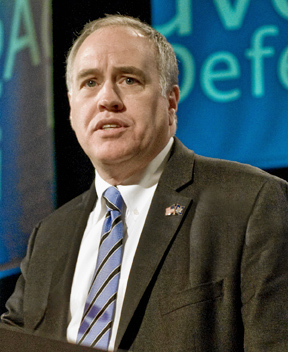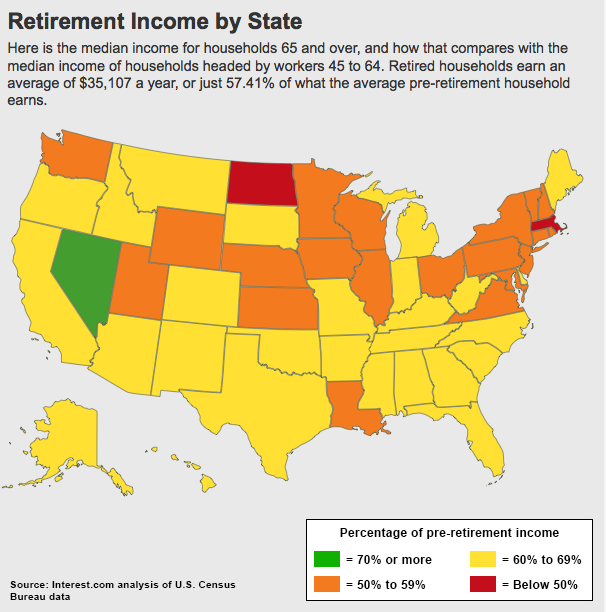Two CalPERS board members were punished yesterday; one for failing to disclose campaign finance documents and the other for publicly criticizing the fund’s chief investment officer.
One board member, J.J. Jelincic, was instructed to stop speaking to the press after he publicly criticized CalPERS’ new chief investment officer, Ted Eliopoulos. Writes the Sacramento Bee:
“He doesn’t have the temperament or the management skills,” Jelincic said in a Sept. 29 Pensions & Investments story about the hiring [of the fund’s new CIO].
And he didn’t stop there. Eliopolous played favorites with staff, Jelincic said, listened too much to outside consultants and made poor investment decisions.
CalPERS board President Rob Feckner called the comments “unfortunate and a breach of board governance policy of civility and courtesy as well as a breach of the CalPERS core values.” Jelincic was then instructed to stop talking to the media.
After the board meeting, Jelincic told the media:
“I’m not sure what the hell it meant other than they didn’t want me talking to the press.” As for the statements he made about Eliopoulos, he added: “It was a comment on a public action.”
The other reprimanded board member, Priya Mathur, was stripped of several leadership positions on Wednesday after repeatedly failing to disclose campaign finance disclosures. From the Sacramento Bee:
Priya Mathur, a board member since 2003, was removed as board vice president and chair of the CalPERS Pension and Health Benefits Committee. She also is out as vice chair of two committees: Board Governance and Performance, Compensation & Talent Management.
Mathur, who is facing a $4,000 fine from the state Fair Political Practices Commission, sat stoically as CalPERS board President Rob Feckner announced the punishment at a board meeting. She didn’t speak and wasn’t available for comment afterward.
[…]
The FPPC is fining Mathur for failing to file four campaign finance statements in connection with her recent successful bid for re-election to the CalPERS board.
She had no campaign funds to report, and Mathur has previously described the issue as a paperwork snafu. Nonetheless, “we still believe that rules are rules,” Feckner said.
Mathur has been fined $13,000 by the FPPC during her tenure as a board member. She failed to make necessary disclosures in 2002, 2007, 2008, 2010, 2012 and 2013.









